Water network study and monitoring laboratory (equipment integration)
Water is probably the most precious natural resource, despite the inefficiency of many water services, which are not able to prevent the damages of networks, often losing an even greater amount of water than distributed. Taking into account that there are accumulation, pumping and water purification costs from the source to the distribution, the economic value of the losses is enormous.
However, recovering them all involves important investments, incompatible with the resources available to local authorities and management companies; it is therefore necessary to carry out a case-by-case study, through an in-depth analysis in order to minimize the cost-benefit ratio of interventions.
The N.E.T. Consortium already has a significant patrimony of equipment, collaboration agreements with Entities that manage the networks and also consultations with municipalities, that have significant problems in this sector, with reference to both supply and management of the resource.

Below are the equipment supplied by the laboratory
• A geophone.
• Search for services.
• Search for manhole covers.
• Ultrasonic flow meters.
• Tracer gas system.
• Flow meters at transit time.
• Free and total chlorine pocket meter.
• Open manhole covers.
• Detachable crane hoist for maintenance services.
• High performance supervisor.
• Ultrasonic thickness gauge.
• Portable multi-function instrument for measurement, acquisition and transmission of flow in water and sewage networks, in KAPTOR MULTI-SDC-V00.0 complete with all accessories for use.
• Correlated Radio loggers system for leak location, with display on smartphone or tablet and data storage system. Solution with 10 loggers and related software


The main services that can be provided are essentially:
1. survey of the existing network and of the user’s equipment (from the tank to the user’s meter);
2. representation of the network in a GIS (Geographic Information System) system;
3. development of a hydraulic model to simulate the current functioning of the network and possible improvements;
4. districts making and their optimization with real-time multi-parameter hydraulic simulation;
5. identification of losses in each sector with field measurements of all significant parameters;
6. summary of the measures to be adopted for the reduction of losses: repairs, optimization of the use of the pumps, pressure control, implementation of measurement systems and automatic control;
7. evaluation of costs and benefits to reach the optimal loss level.








